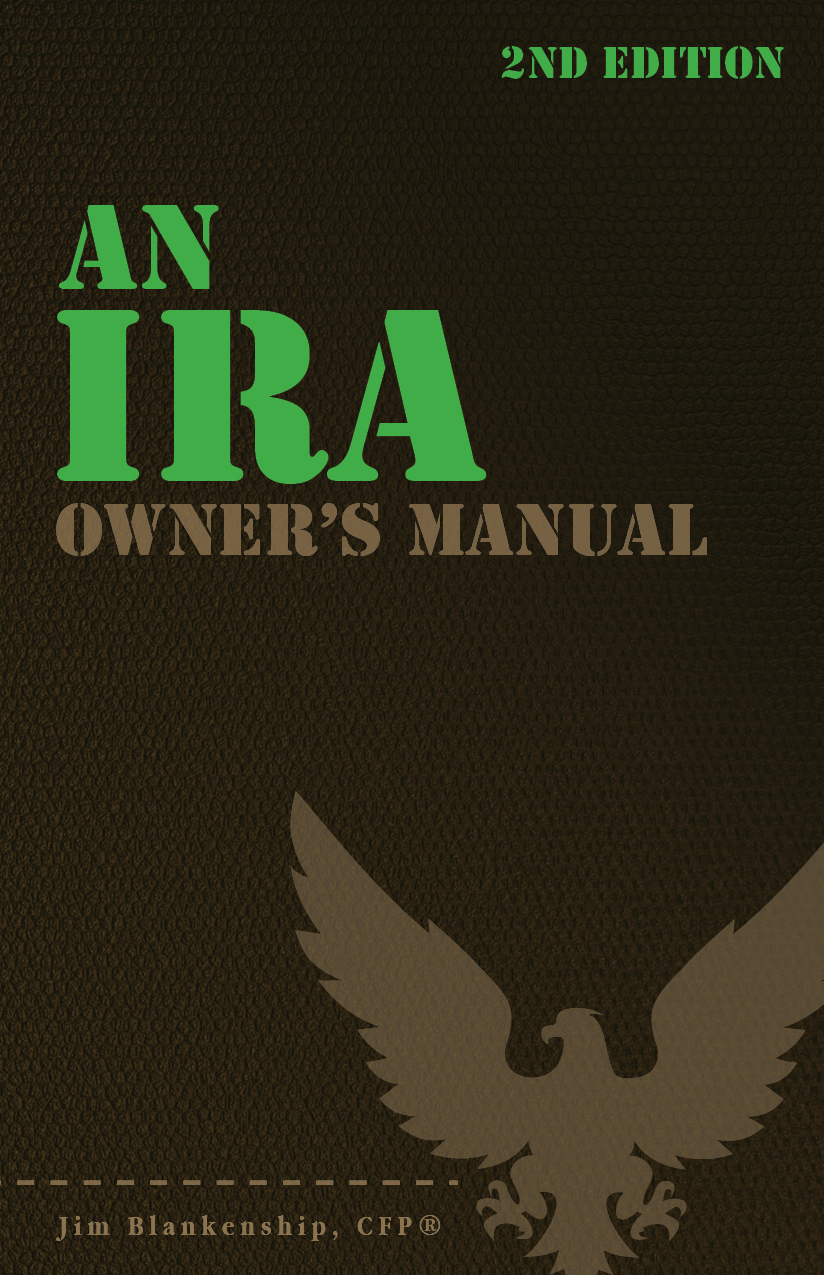
Photo credit: diedoe
The question often comes up – what types of investments are best for my IRA?
Of course, any investment that you make in a tax-deferred fashion is a good one, at least in theory. But there are some investments that make the most sense for your IRA versus other vehicles… and some investments that make more sense in other kinds of investment accounts, where possible.
Listed below are a couple of considerations to take into account when considering taxation of your IRA and non-IRA investments.
Bonds and other interest-bearing vehicles
Given the nature of the IRA – deferring taxation on current income and growth, investments that would otherwise be taxed at ordinary income tax rates would be best for your IRA.
This includes the likes of interest-bearing investments, such as CDs or bonds. Since, presumably, your tax rate when you begin taking distributions will be either the same or less than your rate before retirement, the deferral will provide for the interest to be taxed at either the same rate or lower, just later in your life.
Growth-oriented and dividend-paying investments
Growth-oriented stocks and investments that pay current dividends make more sense to be held in taxable accounts than in deferred accounts. This is due to the fact that dividends and capital gains are (at least for now) taxed at much lower rates than ordinary income – which is the rate your distributions from the IRA will be taxed at.
Under today’s rules, most folks won’t pay more than 15% tax on dividends and capital gains, and many will pay 0% tax. But if these dividends and capital gains are from investments within an IRA, everything will be taxed at ordinary income tax rates, which can be as high as 37%.
The same would be true of other growth- and dividend-oriented investments such as real estate and commodities, for example.
Bottom Line
So in other words, if you have the ability, you should split your interest earning investments into your IRA, and growth- and dividend-oriented investments into taxable accounts. This way, you won’t be subjecting lower-taxed items to a higher tax rate – if possible.
This doesn’t mean that you should ONLY invest in items that would be taxed at ordinary rates within your IRA. This is known as letting the tax-tail wag the investment dog. Tax planning should always be considered as you plan your investments, but appropriate diversification should always be your first consideration. It may be easiest for you to diversify within each type of account, but for tax efficiency you might want to diversify among all of your accounts as a single item.
In addition, the deductibility of IRA (and 401(k)) contributions provides a benefit that should be weighed against the taxation concepts we’ve talked about above as well. Again, the tax-tail shouldn’t wag the investment dog…


 Sterling Raskie, MSFS, CFP®, ChFC®
Sterling Raskie, MSFS, CFP®, ChFC® The latest in our Owner’s Manual series, A 401(k) Owner’s Manual, was published in January 2020 and is available on
The latest in our Owner’s Manual series, A 401(k) Owner’s Manual, was published in January 2020 and is available on  A Medicare Owner’s Manual, is updated with 2020 facts and figures. This manual is available on
A Medicare Owner’s Manual, is updated with 2020 facts and figures. This manual is available on  Social Security for the Suddenly Single can be found on Amazon at
Social Security for the Suddenly Single can be found on Amazon at  Sterling’s first book, Lose Weight Save Money, can be
Sterling’s first book, Lose Weight Save Money, can be  An IRA Owner’s Manual, 2nd Edition is available for purchase on Amazon. Click the link to choose the
An IRA Owner’s Manual, 2nd Edition is available for purchase on Amazon. Click the link to choose the  Jim’s book – A Social Security Owner’s Manual, is now available on Amazon. Click this link for the
Jim’s book – A Social Security Owner’s Manual, is now available on Amazon. Click this link for the  And if you’ve come here to learn about queuing waterfowl, I apologize for the confusion. You may want to discuss your question with Lester, my loyal watchduck and self-proclaimed “advisor’s advisor”.
And if you’ve come here to learn about queuing waterfowl, I apologize for the confusion. You may want to discuss your question with Lester, my loyal watchduck and self-proclaimed “advisor’s advisor”.